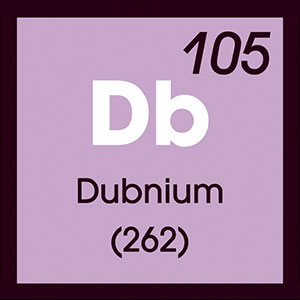Bohrium (Bh)
Bohrium is an artificially produced radioactive chemical element with the symbol Bh and the atomic number 107 in the periodic table of elements. It’s not found in Earth’s crust since it’s a synthetic element created in a laboratory. Chemical and Physical Properties of Bohrium Property Value Symbol Bh Name Bohrium Atomic Number 107 Atomic Weight … Read more

